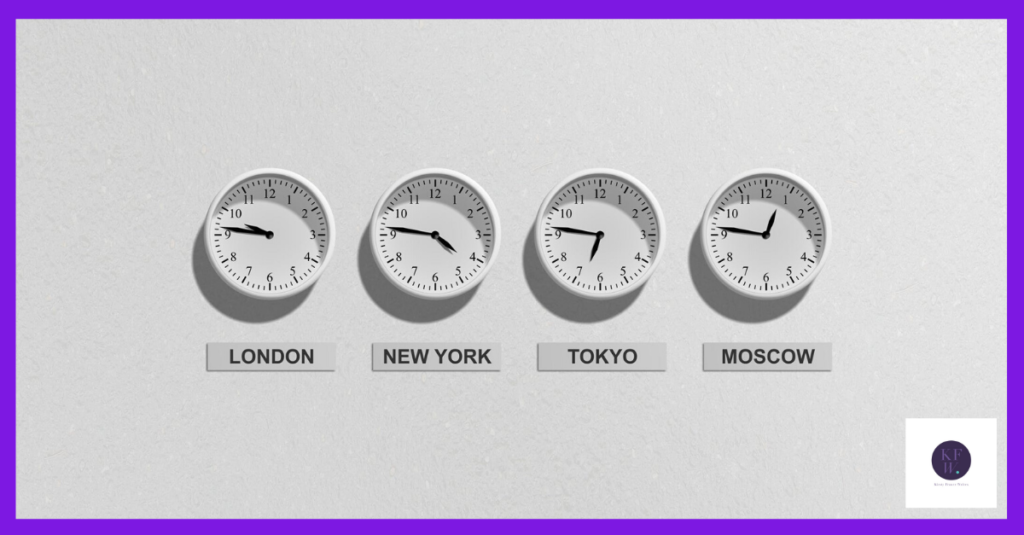
You’ve probably heard a lot about how important content creation is when you’re marketing your business. The trouble is, it’s such a generic term it can be tough to work out what the flipping heck it means in relation to your business. There’s such a bewildering array of options and platforms out there no-one (least of all me) would blame you for feeling a bit bewildered. So, I decided to go back to basics and help you negotiate the content creation maze a bit more easily.
What is content creation?
I don’t believe in reinventing the wheel, so here’s Hubspot’s definition (they know a thing or two about creating great marketing content).
“Content creation is the process of generating topic ideas that appeal to your buyer persona, creating written or visual content around those ideas, and making that information accessible to your audience as a blog, video, infographic, or other format.”
Hubspot
Basically, it can be anything you like. Writing, images, videos – anything you can put online or give physical form to offline. Of course, there’s more to it than that. It’s utterly pointless if it doesn’t get in front of the people you can help. It’s even more futile if it gets in front of them but doesn’t tell them how you can
help them. Which leads me on to the next thing…
How do you get started?
I feel as if I’ve been banging on about getting to know your customer for about a hundred years (I know, I’ve told myself a million times not to exaggerate). The truth is, it’s the key to getting your content creation right. You can read more about knowing your customer here but the first step is to work out what their life is like and how you could help to make it better. That could be by solving a problem or enhancing their everyday life in some way.
Then, think about how (and where) you can tell them about it. Do they love watching videos or do they prefer something they can read? What images or memes will lift their spirits or make them laugh?
What do you want to create?
The next step is to think about what will play to your strengths. For me, a blog was a no brainer. It lets potential clients get to know me and shows them I can string a sentence together. If you create something beautiful, you’ll need images that show it off, but that doesn’t have to be all you create.
Ask yourself what you’ll enjoy creating, whether it’s words, pictures or video. Then think about how that fits with what your customers will love and whether you can share it somewhere they’ll see it. I’m not saying that you’ll never need to push out of your comfort zone (you will). But if you can start off creating content in an enjoyable way you’re more likely to do it consistently.
What next?
Once you’ve gathered your ideas, it’s time to start posting. One key thing to keep in mind from the start is what you want you want people to do when they see your posts. Social media is a fickle beast so how can you encourage people to stay in touch with you? Sign up for updates on Messenger or via email? Join your group? Share your post so you reach more people? A good call to action will encourage people to take the next step, so you need to know what the next step is. As the saying goes, if you don’t ask, you don’t get.
Resources
Claire Mitchell of The Girls Mean Business has loads of brilliant marketing advice – you can join her free Facebook group here.
Read more about creating a call to action here.
You can join my free Facebook group ‘Blogging Brilliance’ here or just complete the form below to sign up to my email list for blogging and marketing hints and tips straight to your inbox every month.










